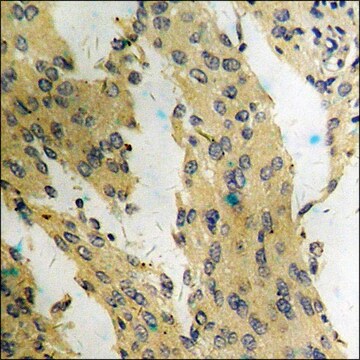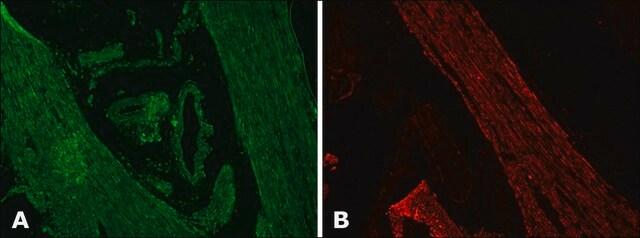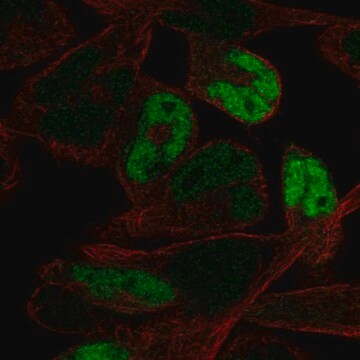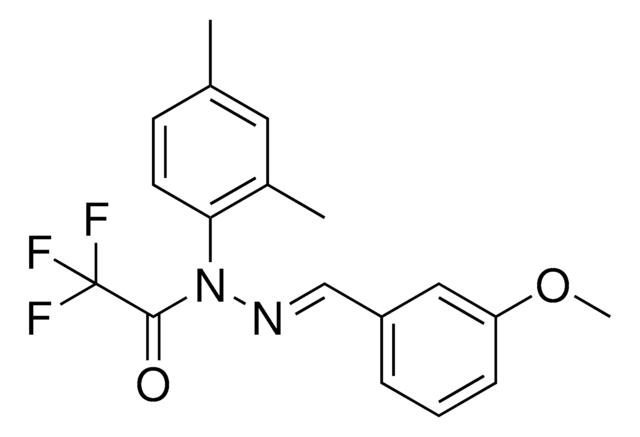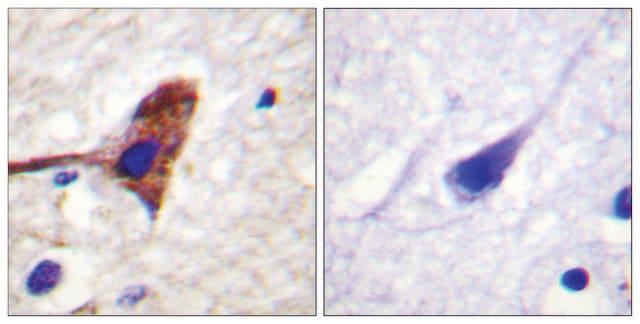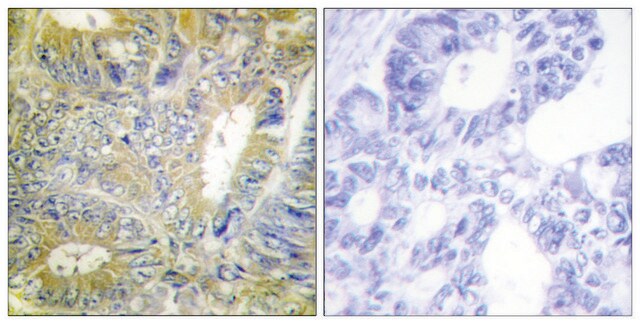CWA-1084
Anti-VCAM1 antibody produced in mouse
clone 1.G11B1, ColorWheel Dye-Ready
Synonym(s):
Vascular cell adhesion protein 1;V-CAM 1;VCAM-1;INCAM-100
About This Item
Recommended Products
product name
Anti-Human CD106 (1.G11B1) ColorWheel® Dye-Ready mAb,
biological source
mouse
Quality Level
antibody form
purified antibody
antibody product type
primary antibodies
clone
1.G11B1, monoclonal
product line
ColorWheel®
form
lyophilized
mol wt
calculated mol wt 81.28 kDa
purified by
using Protein A
species reactivity
human
species reactivity (predicted by homology)
porcine
packaging
antibody small pack of 25 μL
greener alternative product characteristics
Waste Prevention
Designing Safer Chemicals
Design for Energy Efficiency
Learn more about the Principles of Green Chemistry.
sustainability
Greener Alternative Product
technique(s)
flow cytometry: suitable
isotype
IgG1κ
epitope sequence
Extracellular domain
Protein ID accession no.
UniProt accession no.
compatibility
for use with ColorWheel® Dyes (Required, (Sold Separately))
greener alternative category
shipped in
ambient
storage temp.
2-8°C
target post-translational modification
unmodified
Gene Information
mouse ... VCAM1(7412)
General description
Specificity
Immunogen
Application
Evaluated by Flow Cytometry in HUVEC .
Flow Cytometry Analysis: Staining of HUVEC was performed using 5 μL of a 1:1 mixture of Cat. No. CWA-1084, Anti-Human CD106 (1.G11B1) ColorWheel® Dye-Ready mAb and Cat. No. CWD-PE ColorWheel® Antibody-Ready Phycoerythrin (PE) Dye or an equivalent amount of PE-conjugated Mouse IgG1 isotype control.
Note: Actual optimal working dilutions must be determined by end user as specimens, and experimental conditions may vary with the end user
Compatibility
Target description
Physical form
Reconstitution
Storage and Stability
Legal Information
Disclaimer
Not finding the right product?
Try our Product Selector Tool.
required but not provided
Storage Class Code
13 - Non Combustible Solids
WGK
WGK 2
Flash Point(F)
Not applicable
Flash Point(C)
Not applicable
Certificates of Analysis (COA)
Search for Certificates of Analysis (COA) by entering the products Lot/Batch Number. Lot and Batch Numbers can be found on a product’s label following the words ‘Lot’ or ‘Batch’.
Already Own This Product?
Find documentation for the products that you have recently purchased in the Document Library.
Protocols
Experience simplicity in your flow cytometry workflow with the 3-Step ColorWheel® Flow Cytometry Reagent Preparation protocol. With less than 5 minutes of hands-on time, see how simple it is to create your own optimal flow cytometry reagents with ColorWheel® flow cytometry antibodies and dyes.
View ColorWheel® protocol steps for flow cytometry analysis when using ColorWheel® antibodies with ColorWheel® dyes including antibody preparation, PBMC sample preparation, cell surface staining, and intracellular (cytoplasmic) staining.
Related Content
Unlock freedom in your flow cytometry assay design with ColorWheel® flow cytometry antibodies and dyes. The ColorWheel® flow cytometry portfolio was designed with simplicity and flexibility in mind to help streamline your flow cytometry workflow without compromising on quality.
Our team of scientists has experience in all areas of research including Life Science, Material Science, Chemical Synthesis, Chromatography, Analytical and many others.
Contact Technical Service